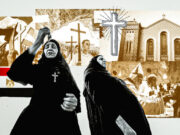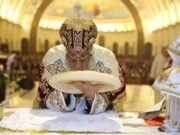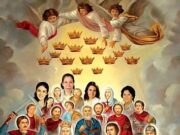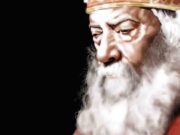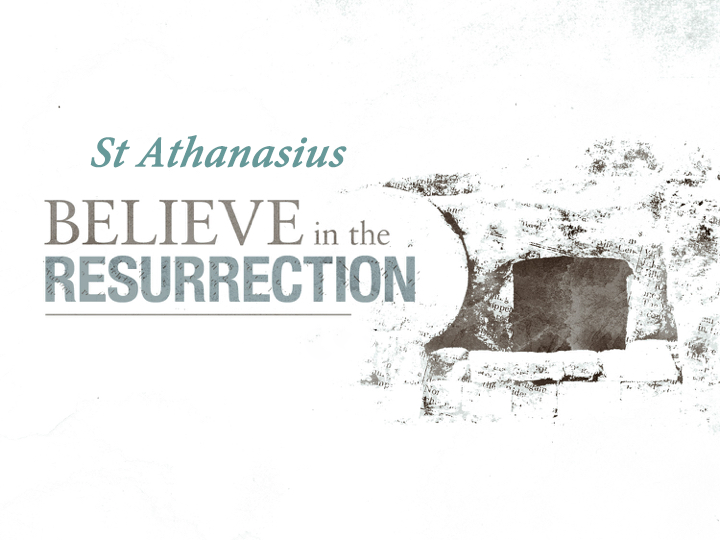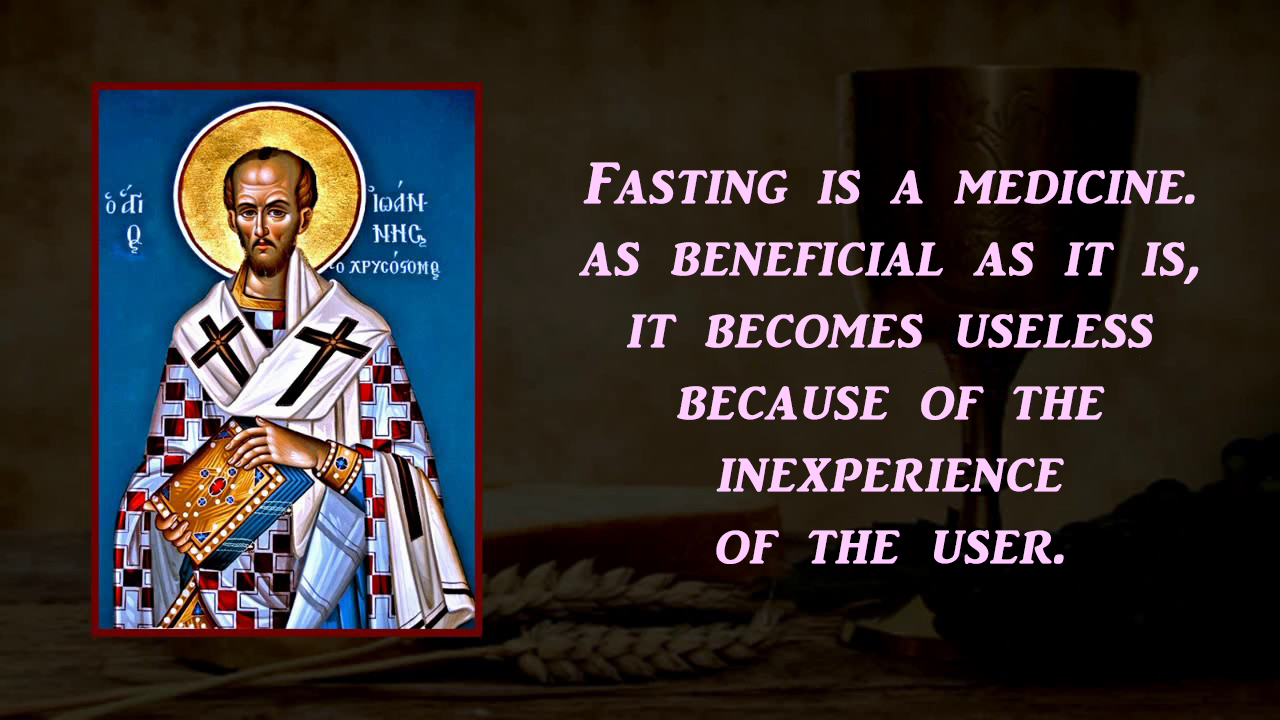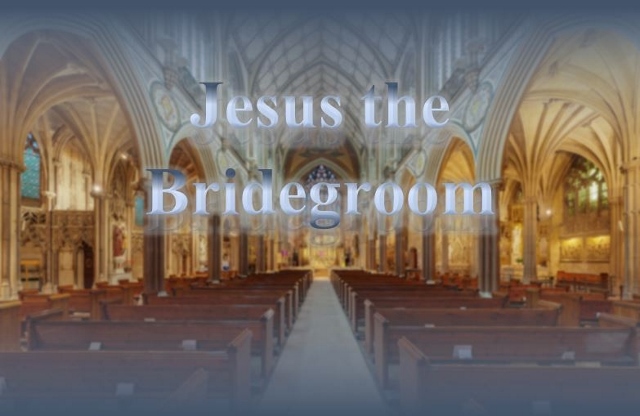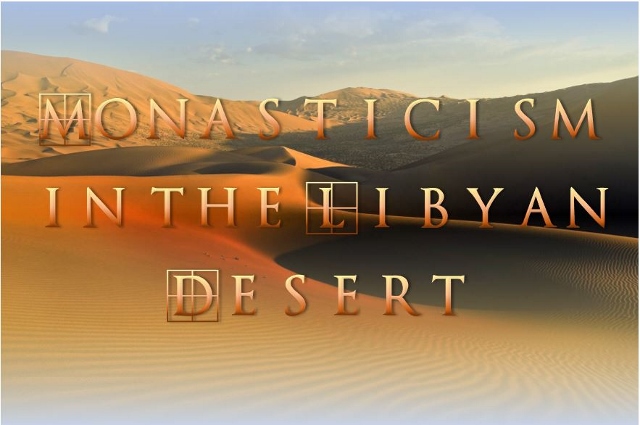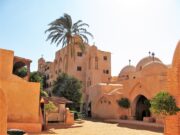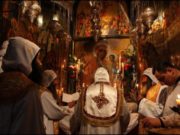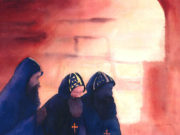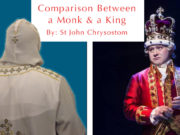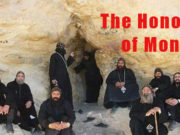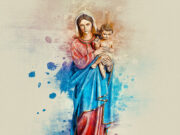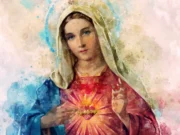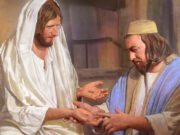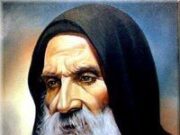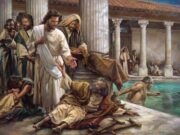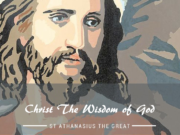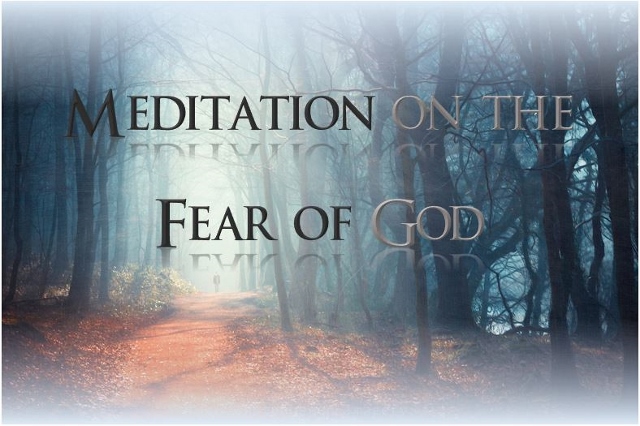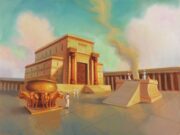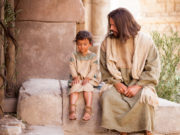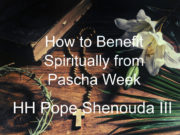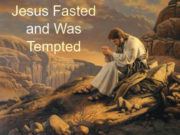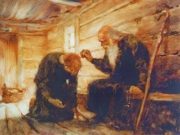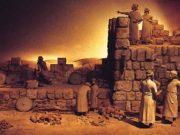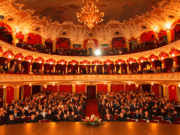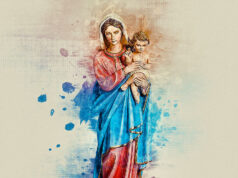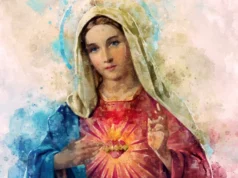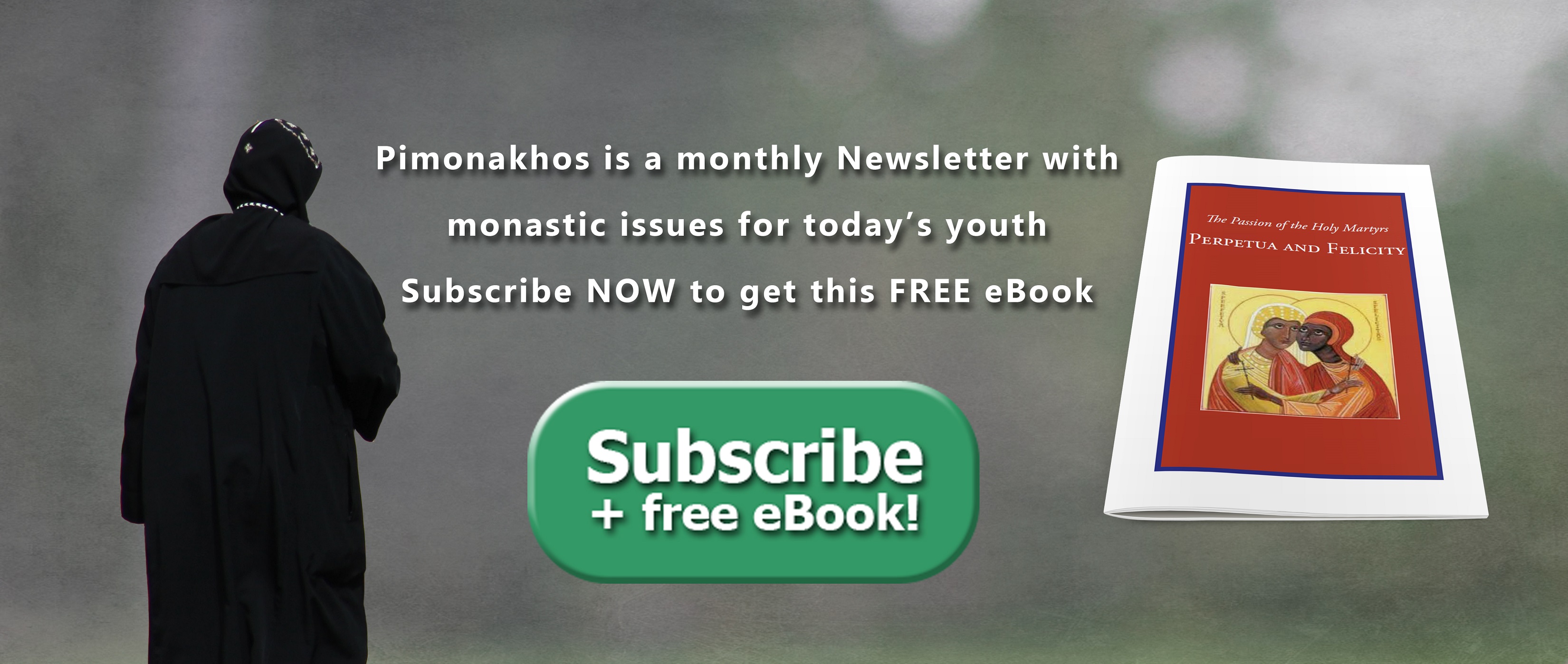
Aaron’s rod, in fact, is Mary.
It is a type of her virginity.
She conceived and bore the Son of the Most High,
the Word, without human seed.
Sunday Theotokia.
 The virginity of St. Mary is not a matter of her own private life, but rather a ‘biblical reality’, which central to our faith in Jesus Christ. For when the Word of God was incarnated, He was not particular about the kind of place where he would be cradled, or the clothes He would wear, or the food He would eat; but He was definitely very particular about the Virgin who was to be His mother.
The virginity of St. Mary is not a matter of her own private life, but rather a ‘biblical reality’, which central to our faith in Jesus Christ. For when the Word of God was incarnated, He was not particular about the kind of place where he would be cradled, or the clothes He would wear, or the food He would eat; but He was definitely very particular about the Virgin who was to be His mother.
The prophet Isaiah gives us a prophetic sign of the Virginal Birth. “Behold, the Virgin shall conceive and bear a Son, and His name shall be called Emmanuel.” (Isaiah 7: 14) Here the text refers to St. Mary the virgin mother of Emmanuel, directly and literally. It is a very accurate description of St. Mary’s state as being virgin and engaged at the same time. For the Hebrew term used for “virgin” is ‘almah’ and not ‘betulah’ nor ‘issa’. The word ‘almah’ means a virgin maiden who may be engaged, while ‘betulah’ means a virgin who is not engaged. The word ‘issa’ means a married lady.
If the Scripture uses the word ‘issa’, it would not have signified an extraordinary miracle that was about to be performed by God, for the married woman can conceive and bear a son. If it uses the word ‘betulah’, it does not describe the state of St. Mary, who was engaged to St. Joseph. But it uses the word ‘almah’, which fits her state accurately, as a virgin and engaged to St. Joseph who protected her and became a faithful witness of her chastity, leaving no chance for any doubts or suspicion.
It is worth noting that this word ‘almah’ is etymologically used in this sentence to mean the continuation of the state of virginity, and for this reason it has been translated ‘the virgin’, and not ‘a virgin’, to describe the Emmanuel’s mother as the virgin even after her child’s birth.
Another prophet confirms St. Mary’s perpetual virginity, as he says: “When he brought me back the way of the gate of the outward sanctuary which looked towards the east, it was shut. Then the Lord said to me: This gate shall be shut, it shall not be opened, and no man shall pass through it because the Lord, the God of Israel, has entered by it, therefore it shall be shut. It is for the prince; the prince himself shall sit in it…” (Ezk. 44: 1-3).
This sealed eastern gate is a figure of St. Mary’s perpetual virginity. For the Lord alone entered her womb, and this gate was never opened to another; its seals were not broken. In this effect the Coptic Church sings the following hymn: “Ezekiel witnessed and told us: I have seen an eastern gate. The Lord, the Saviour entered it, and it remains shut as it was before”.


